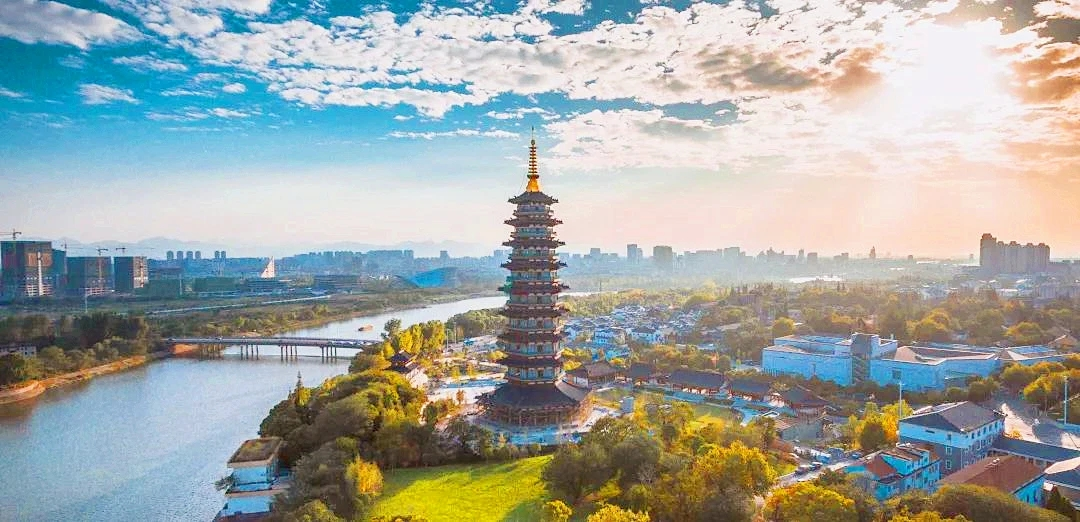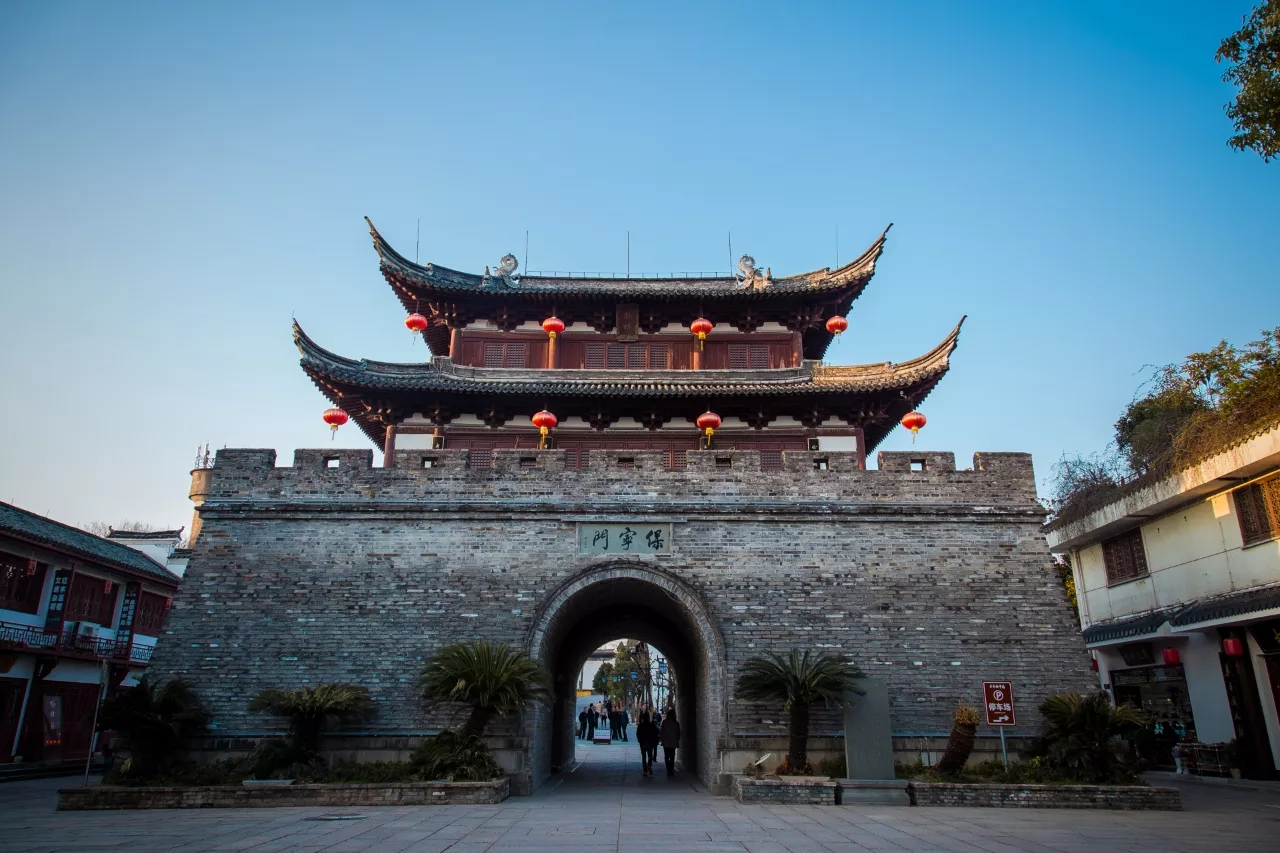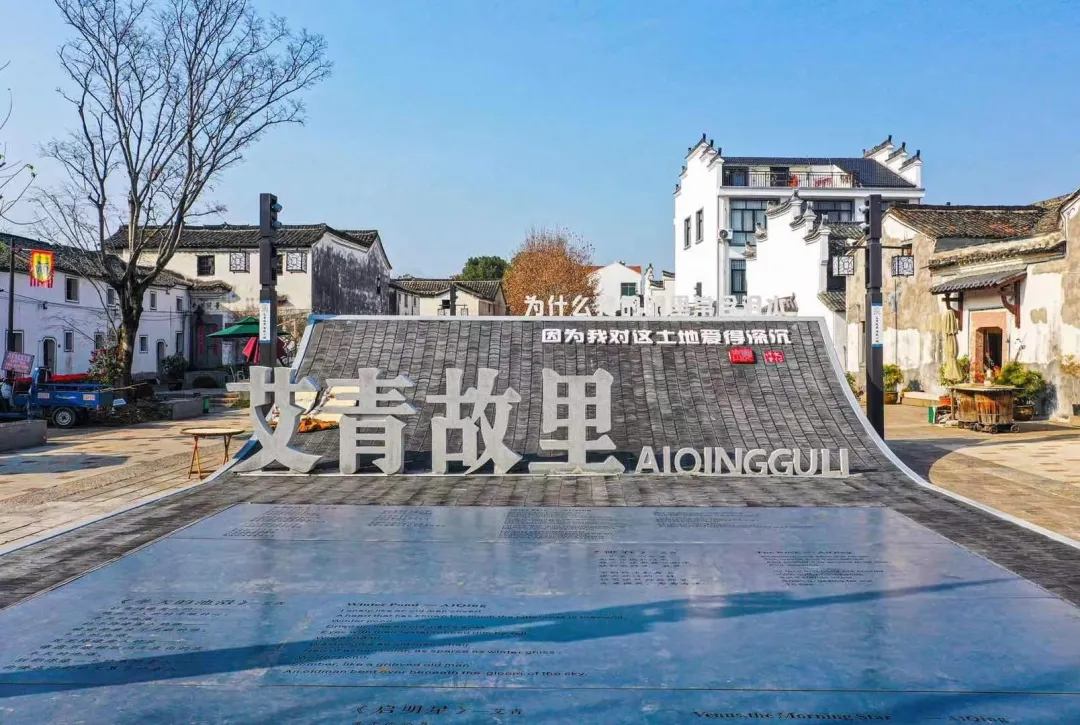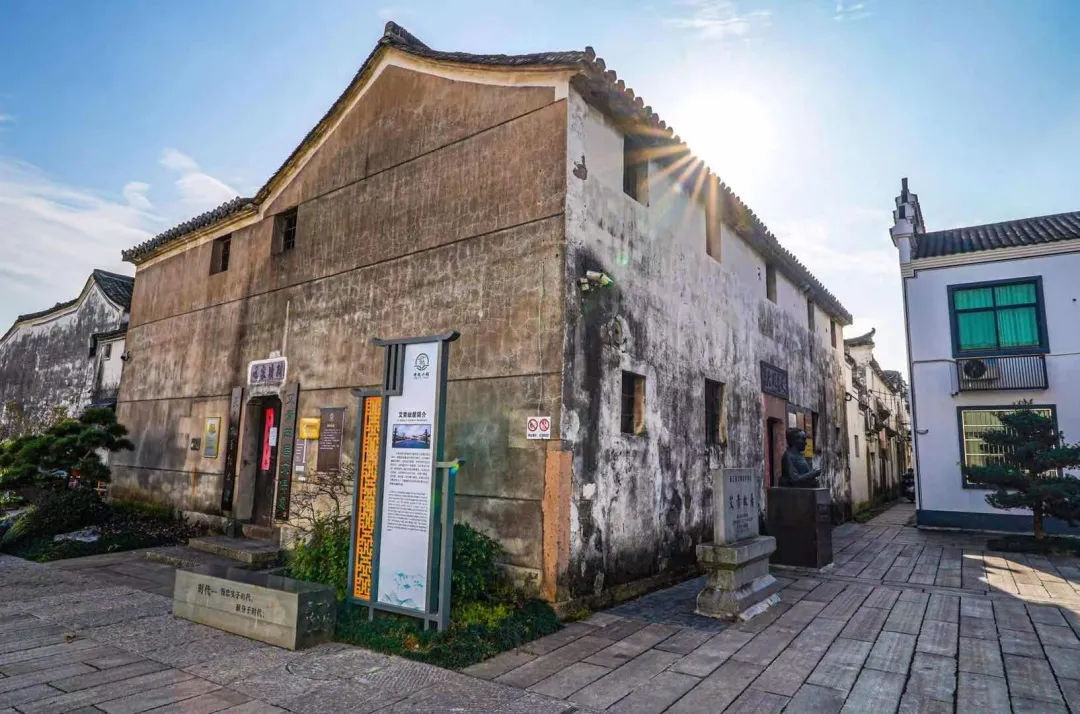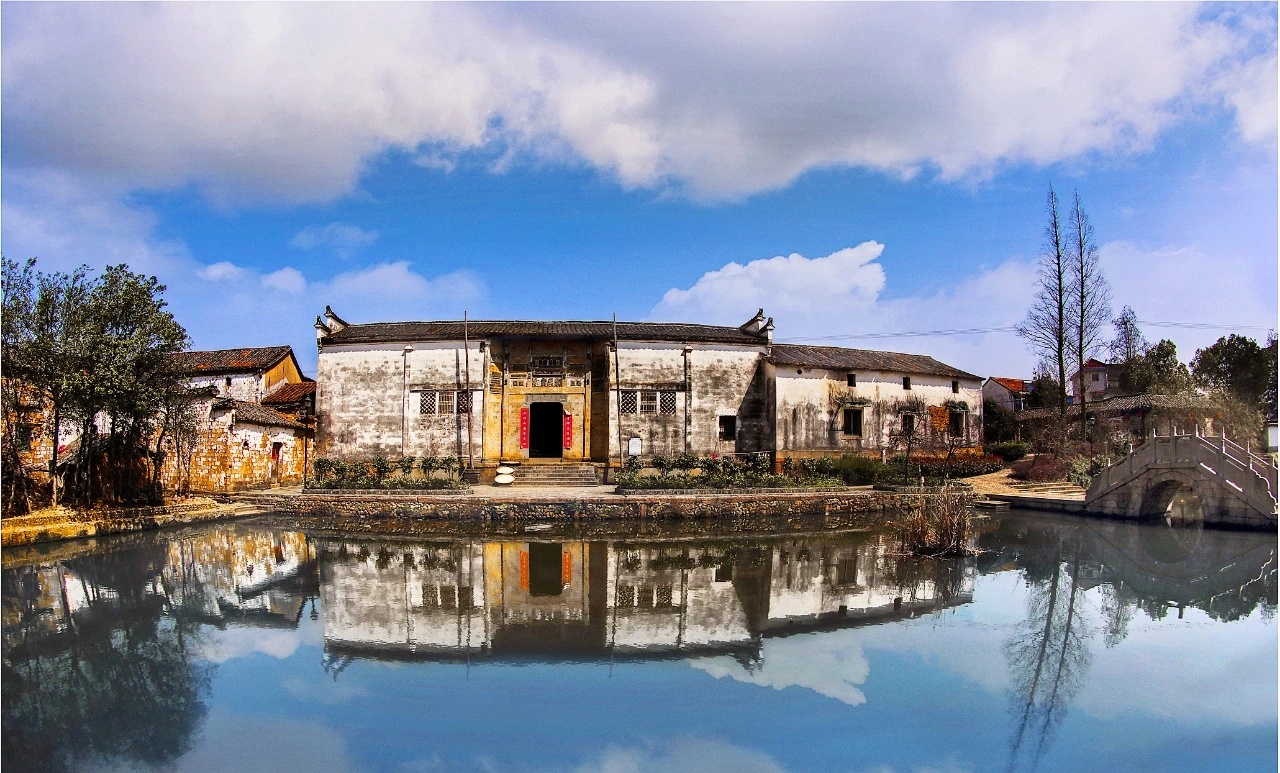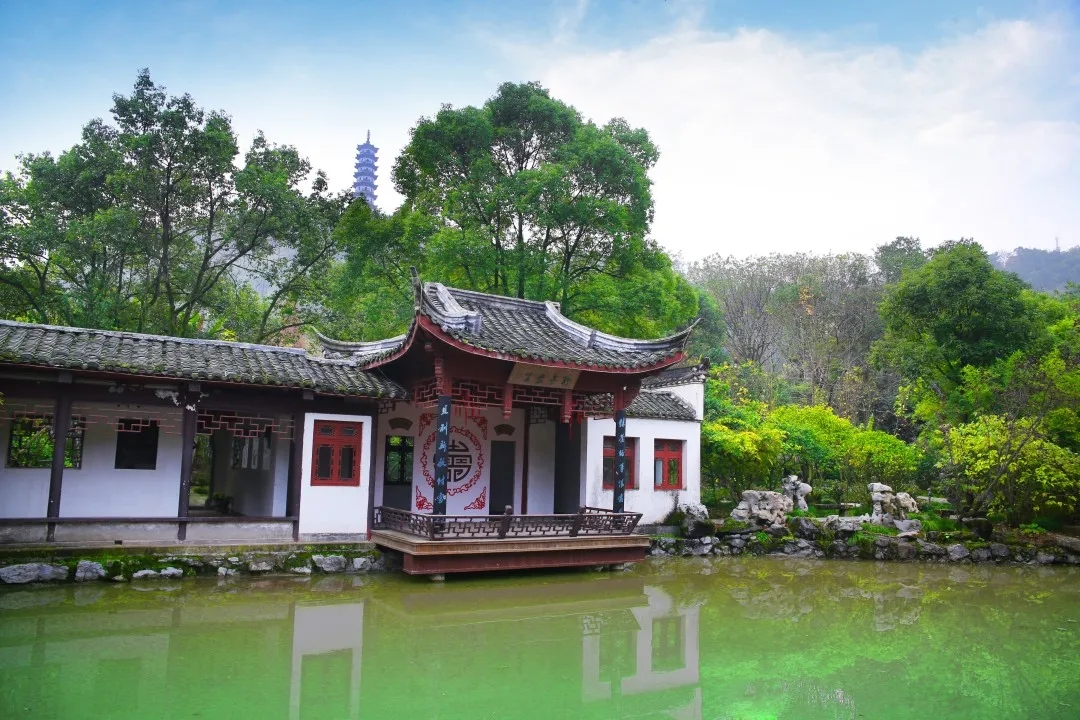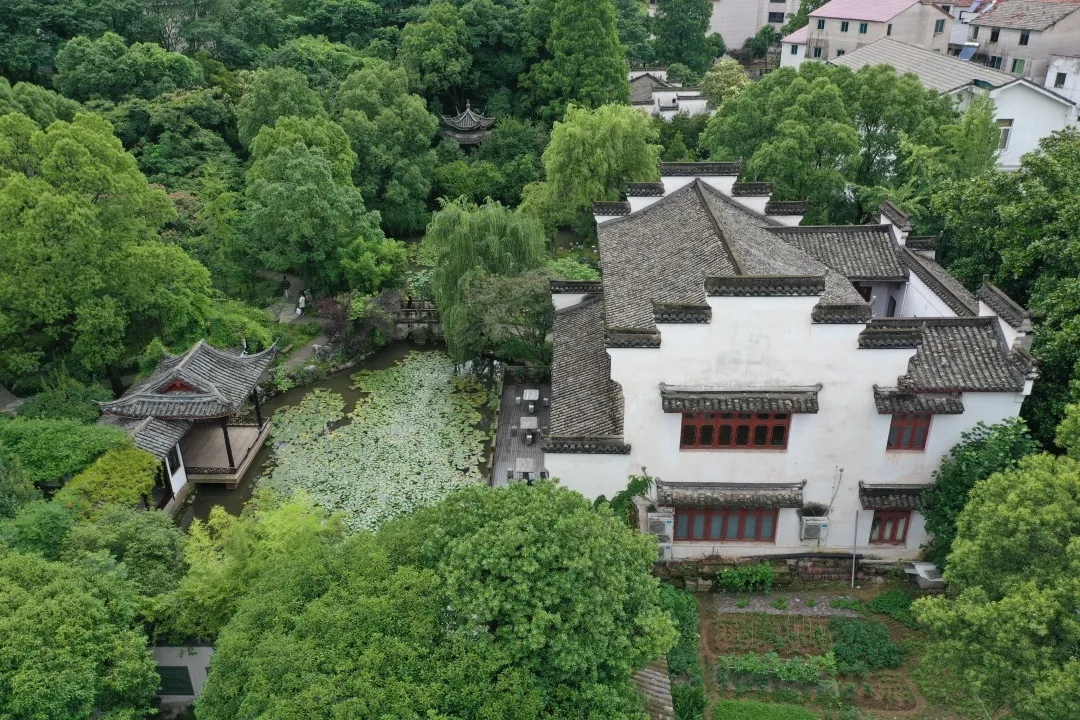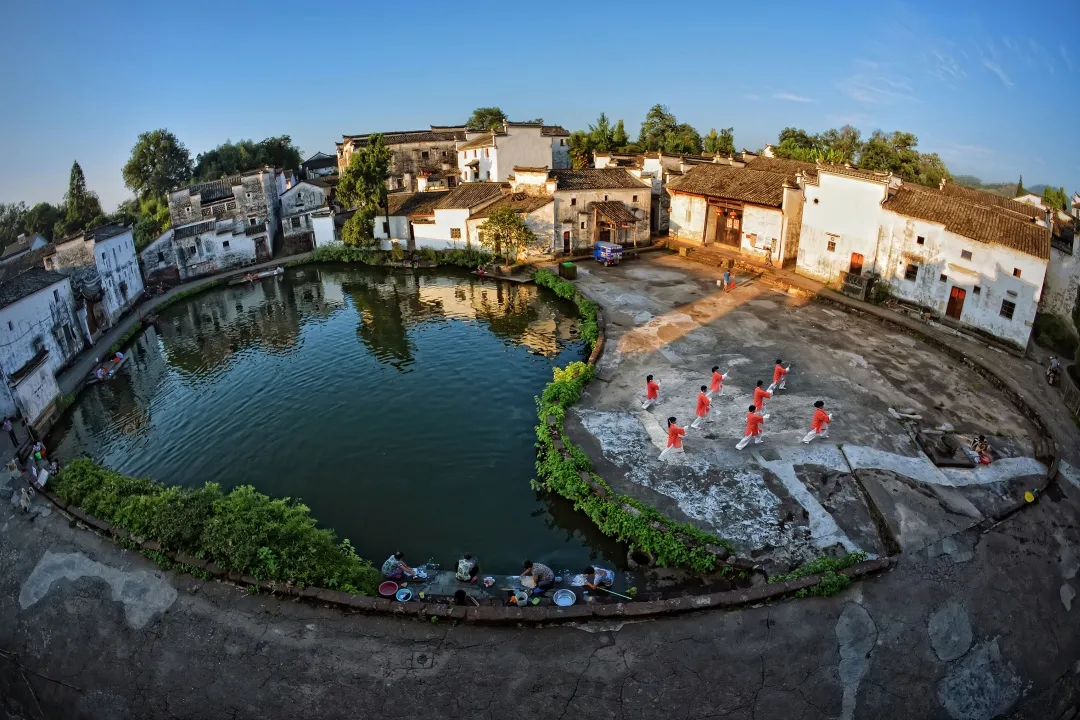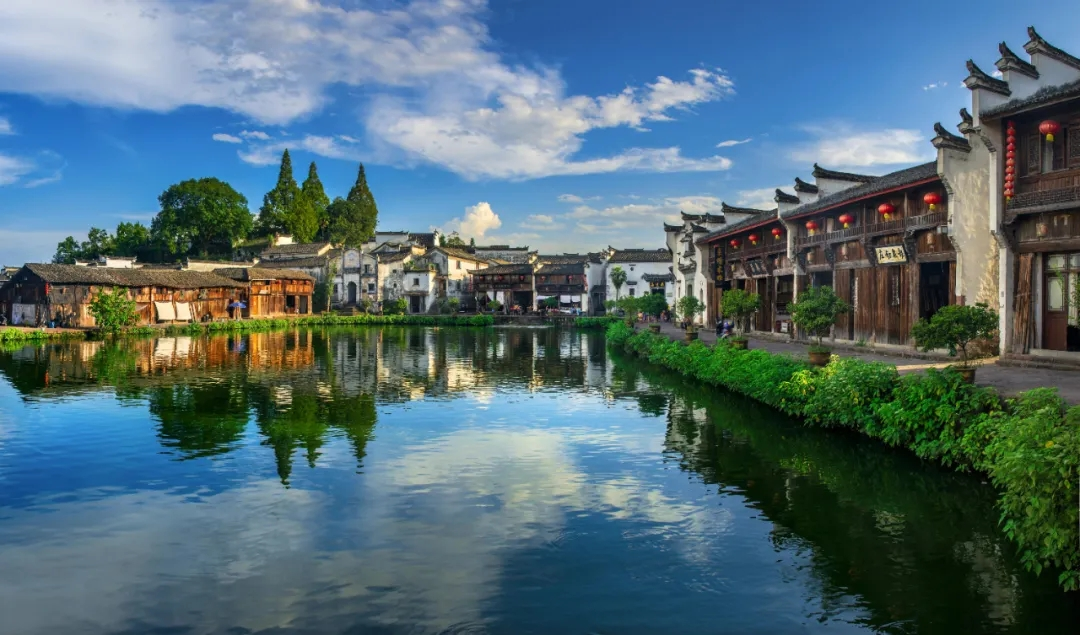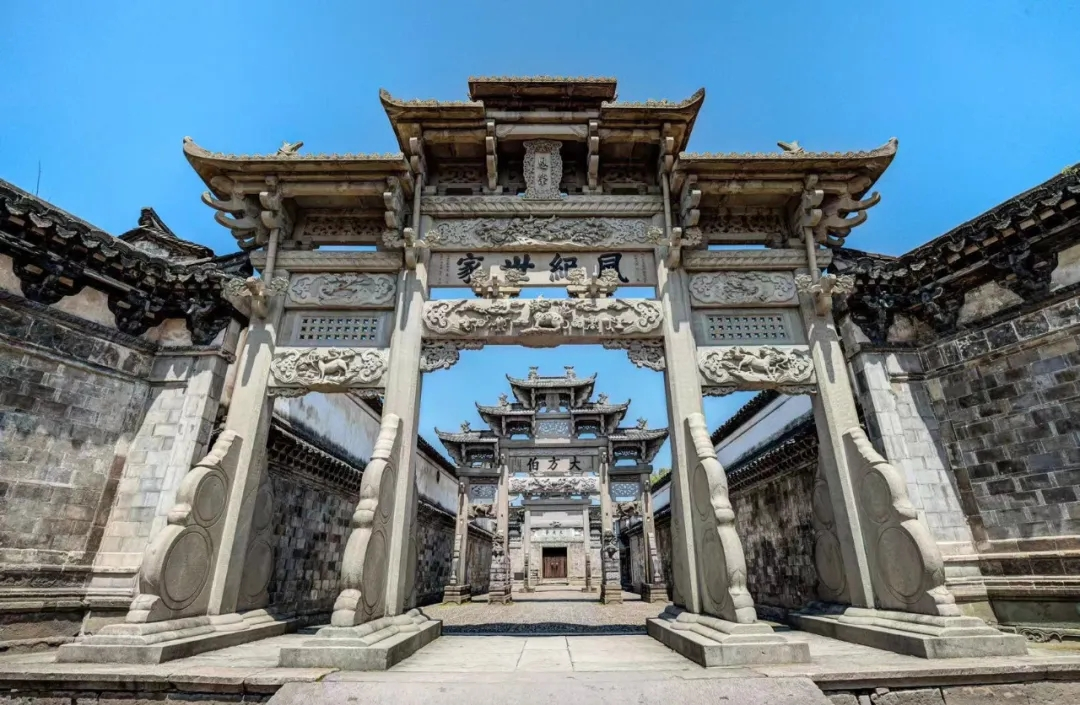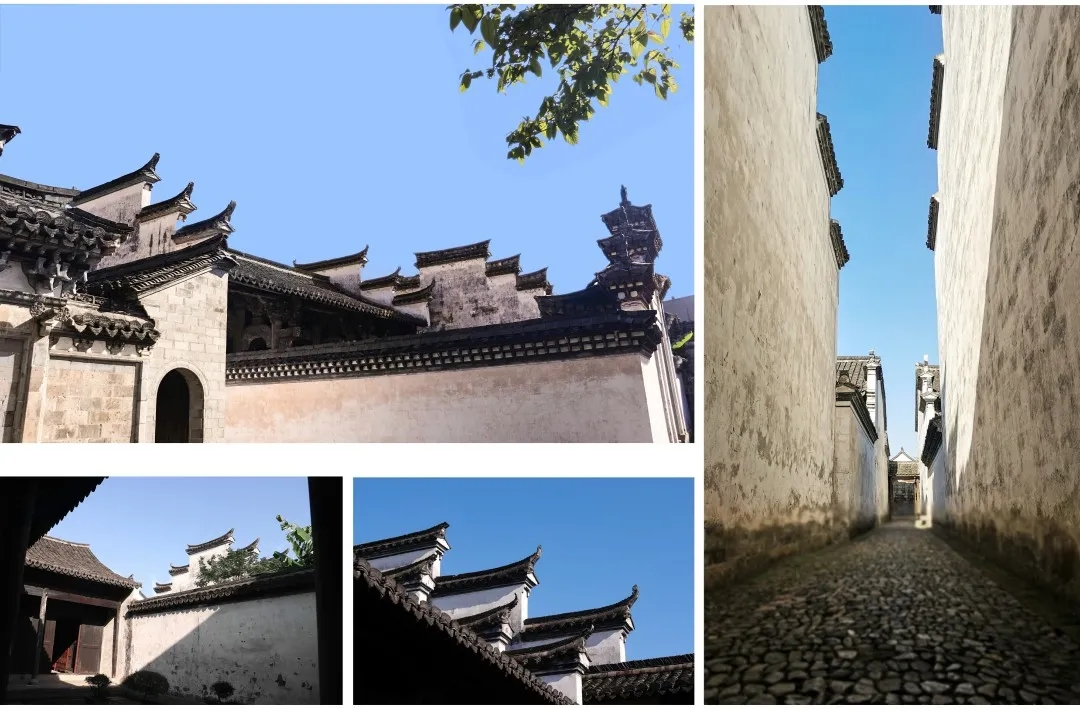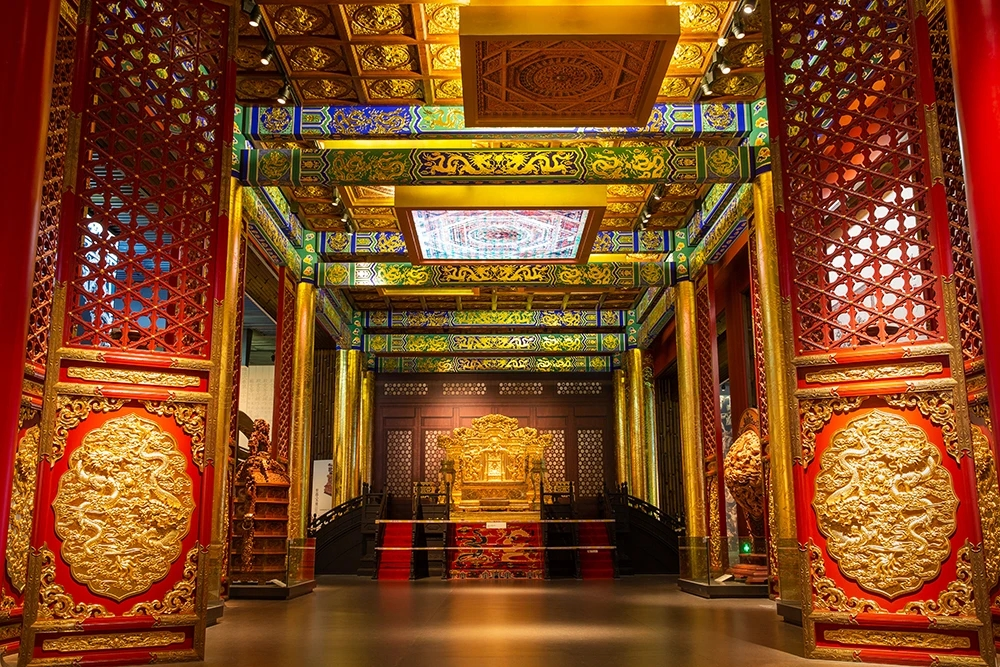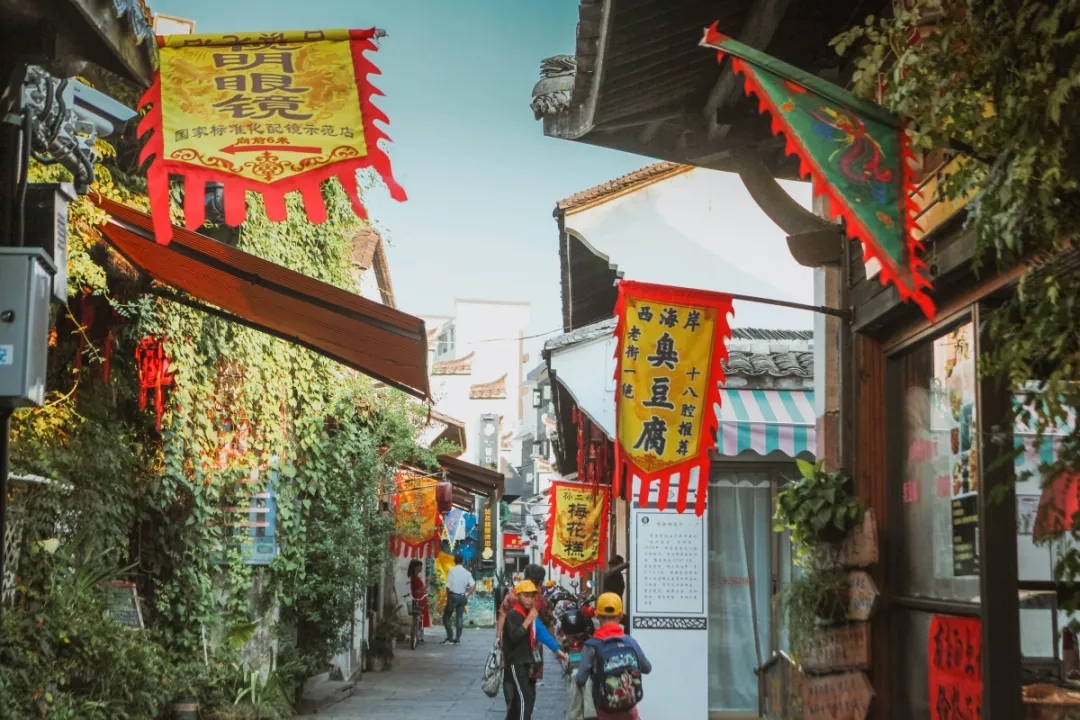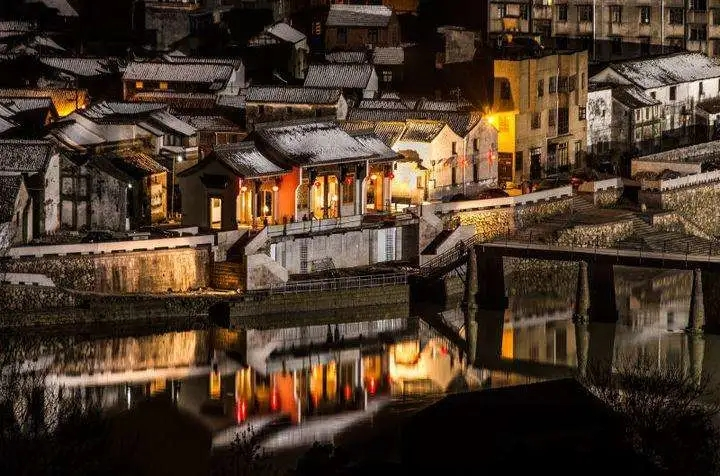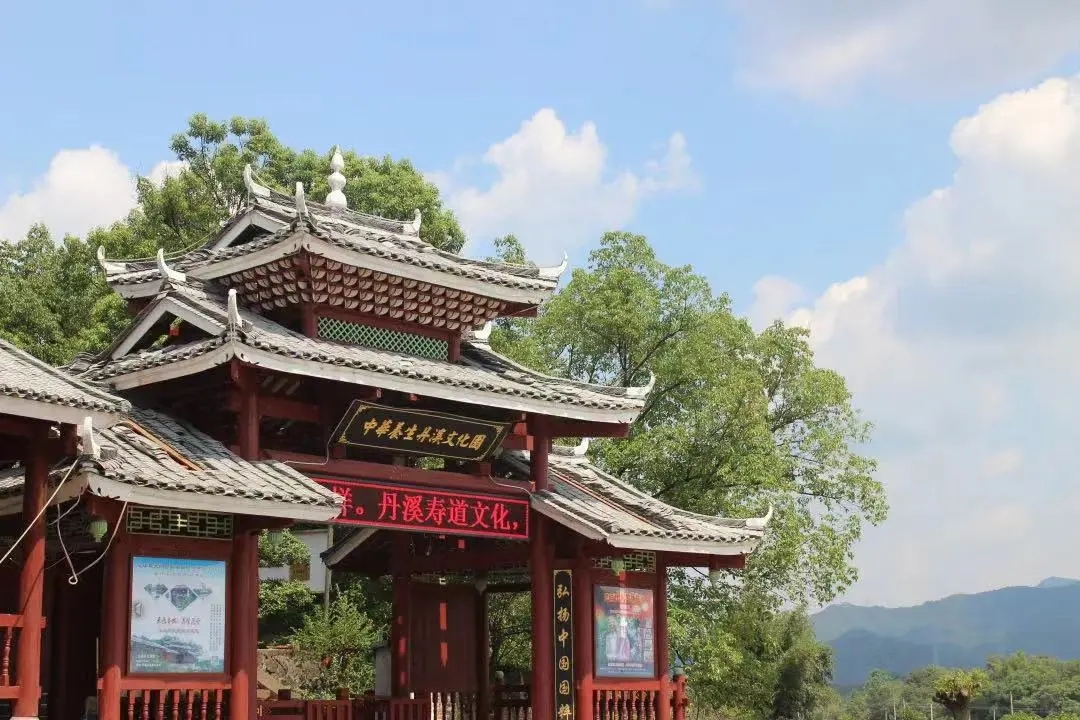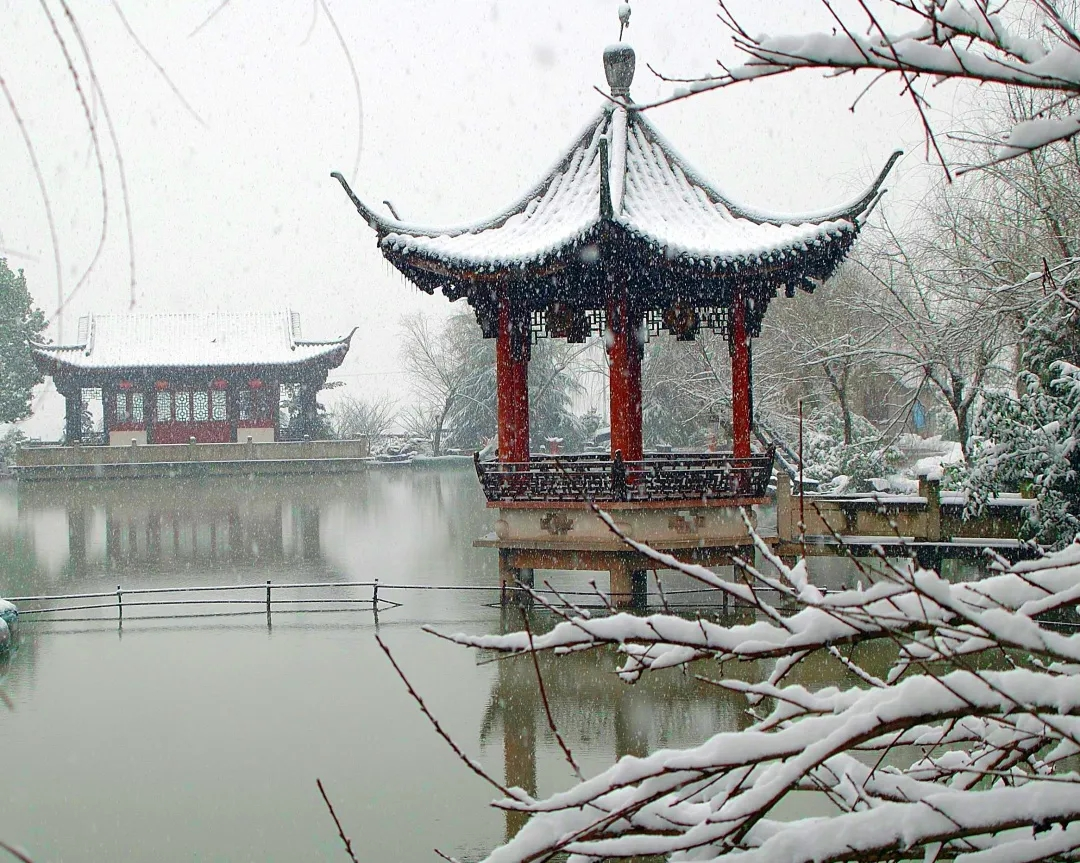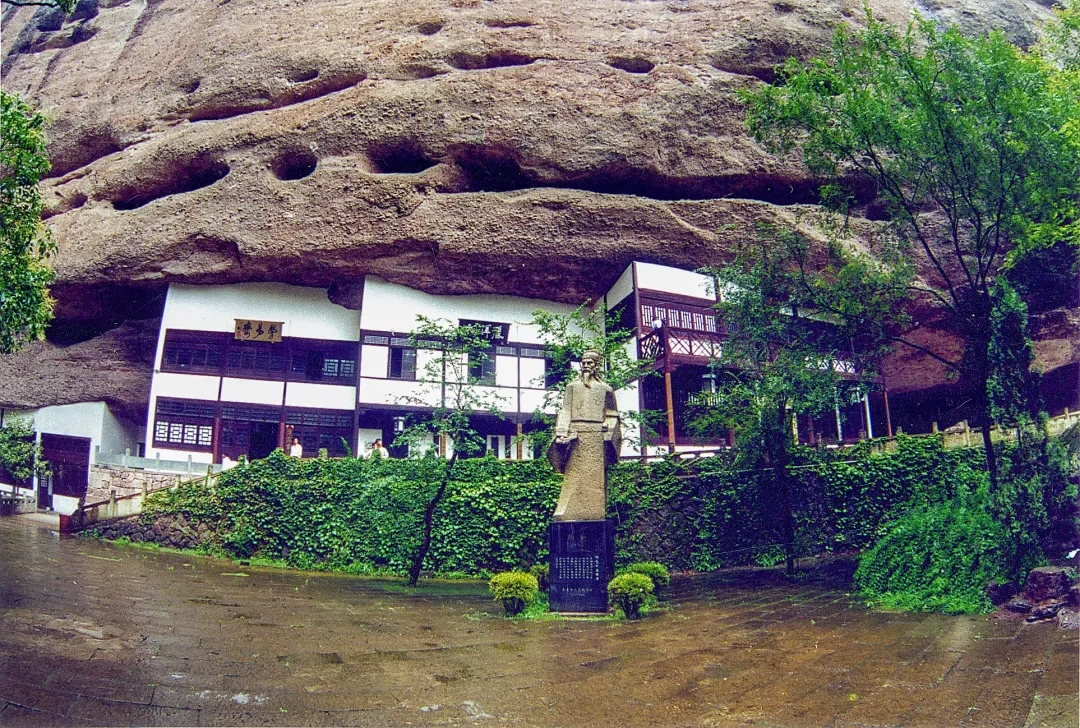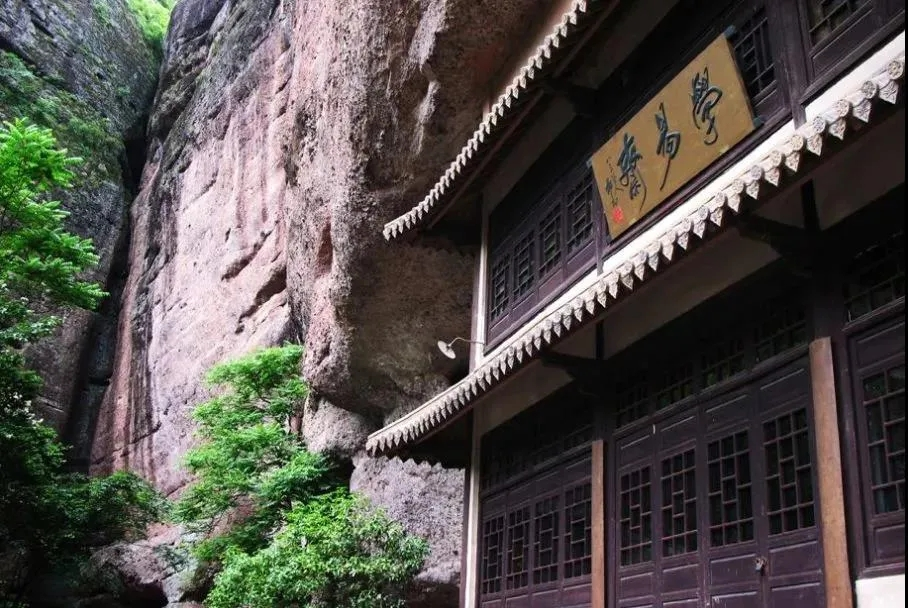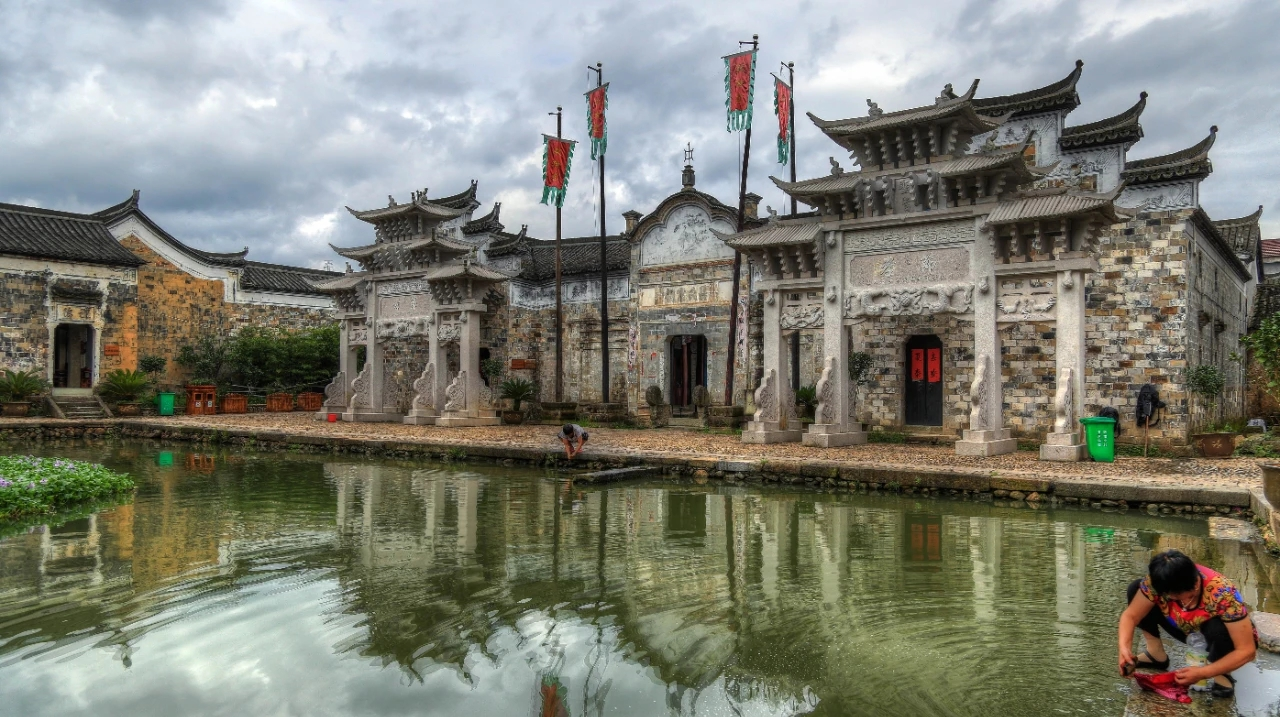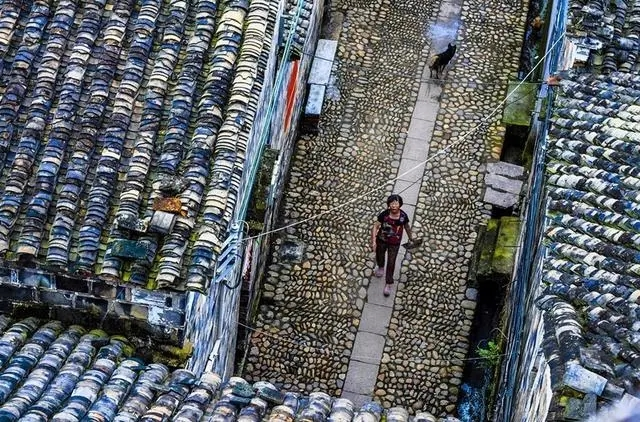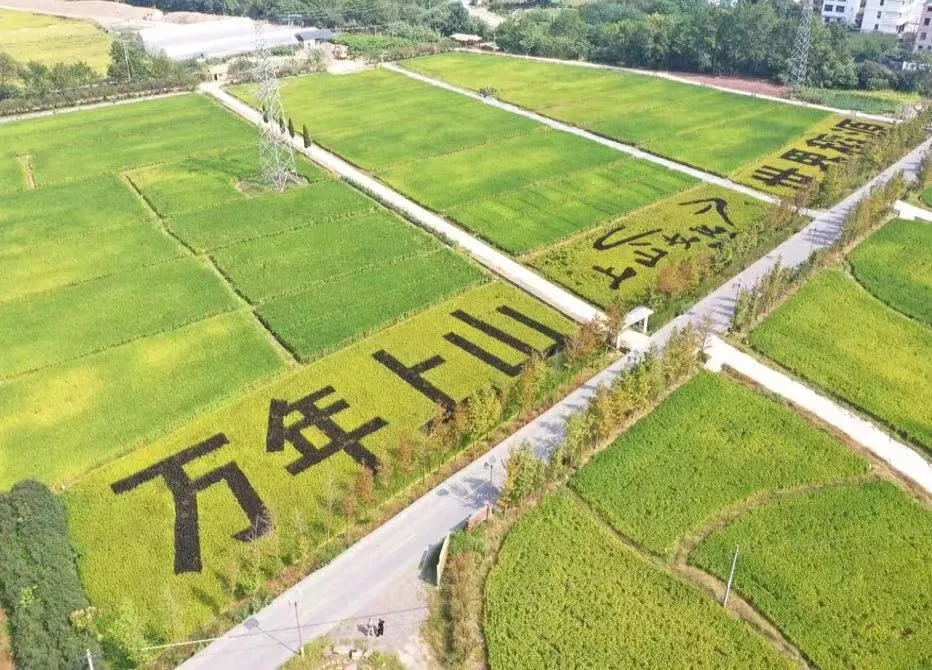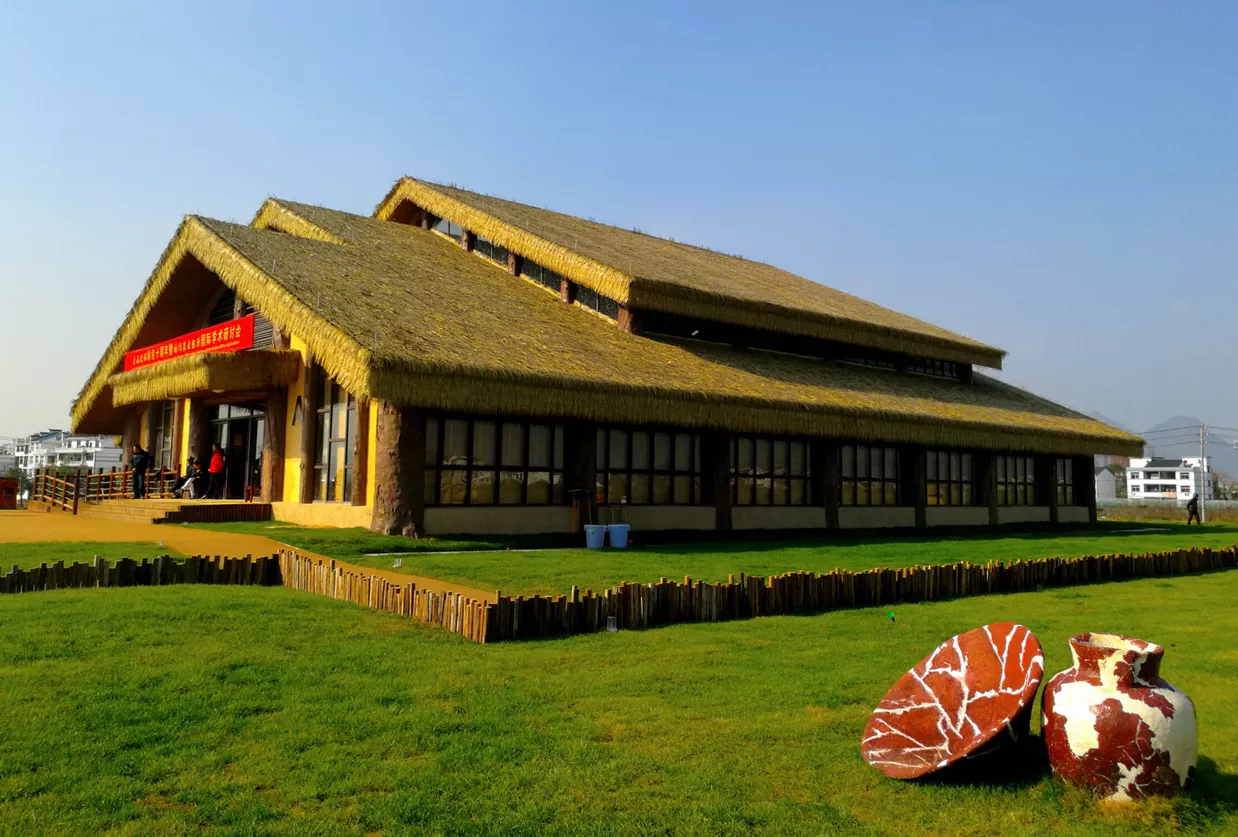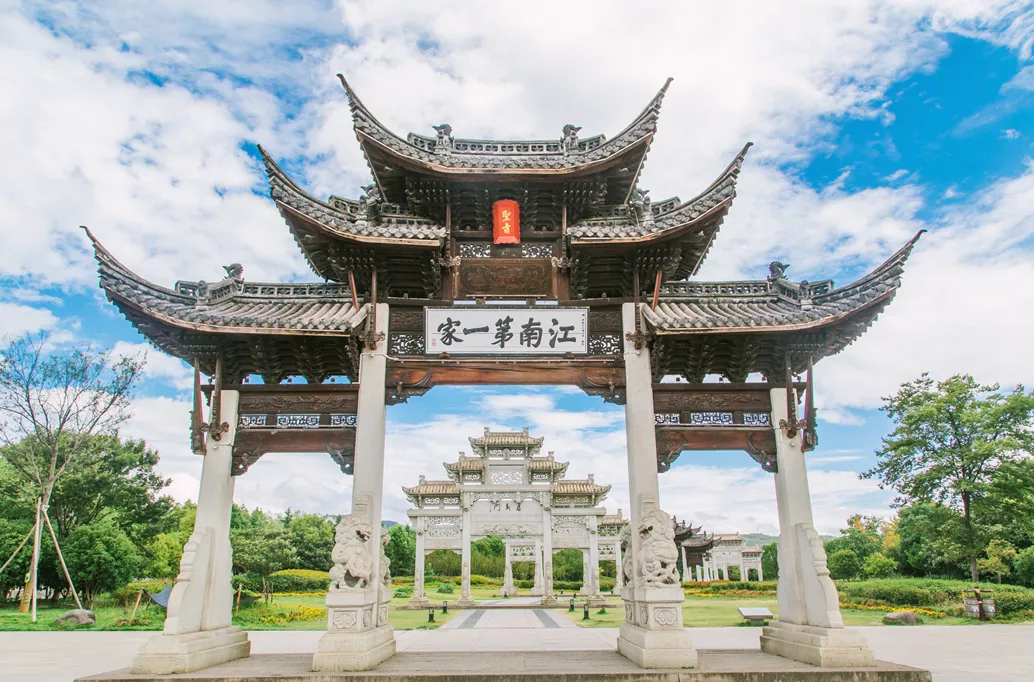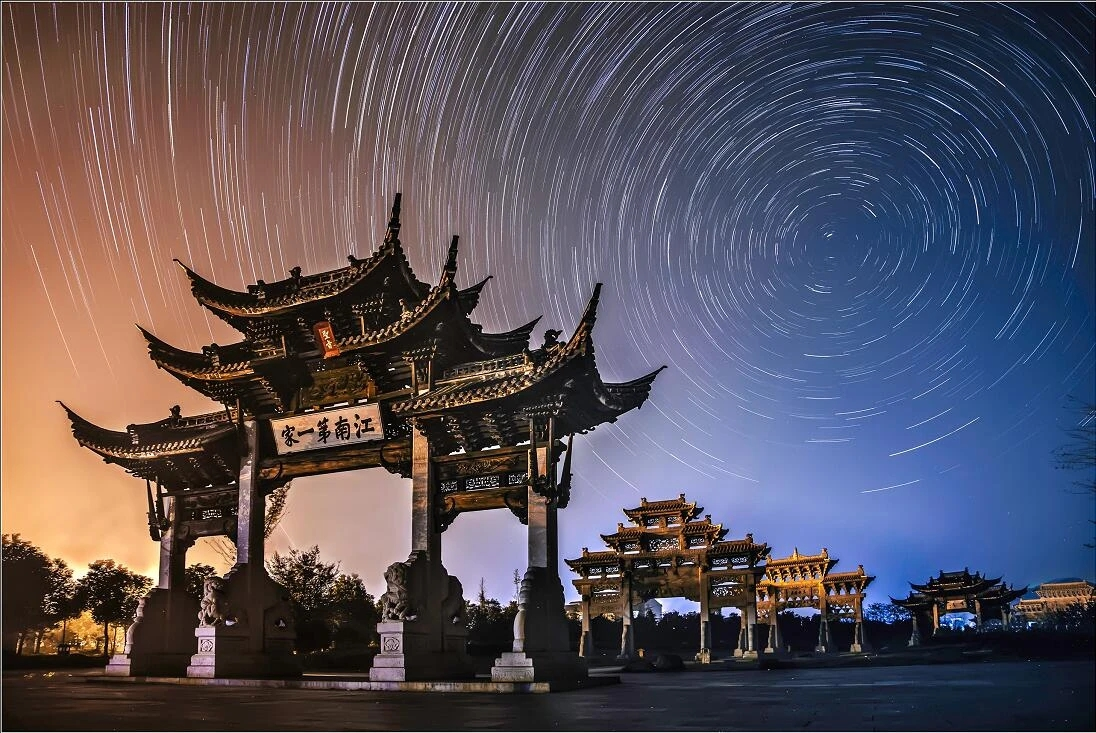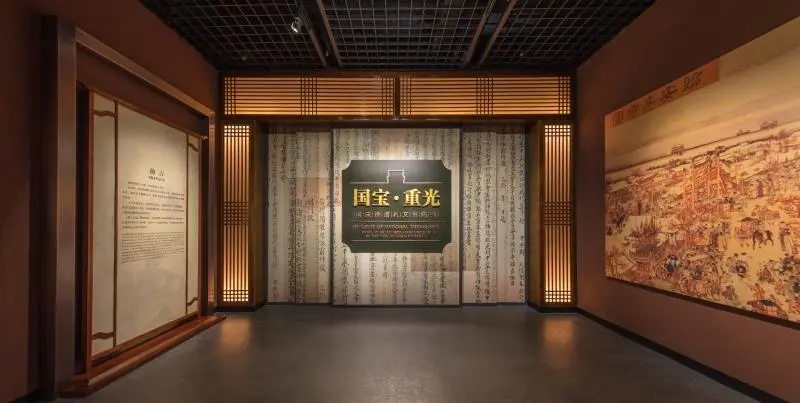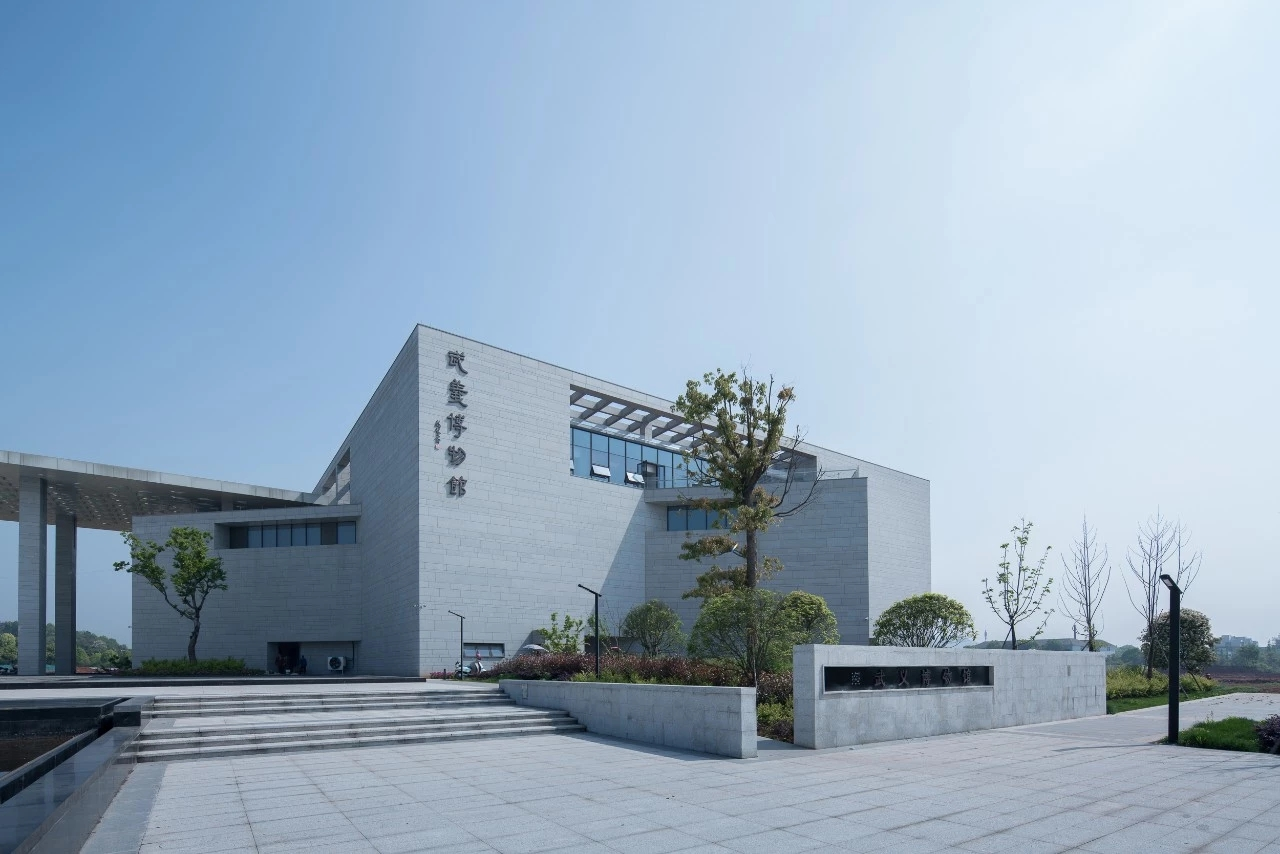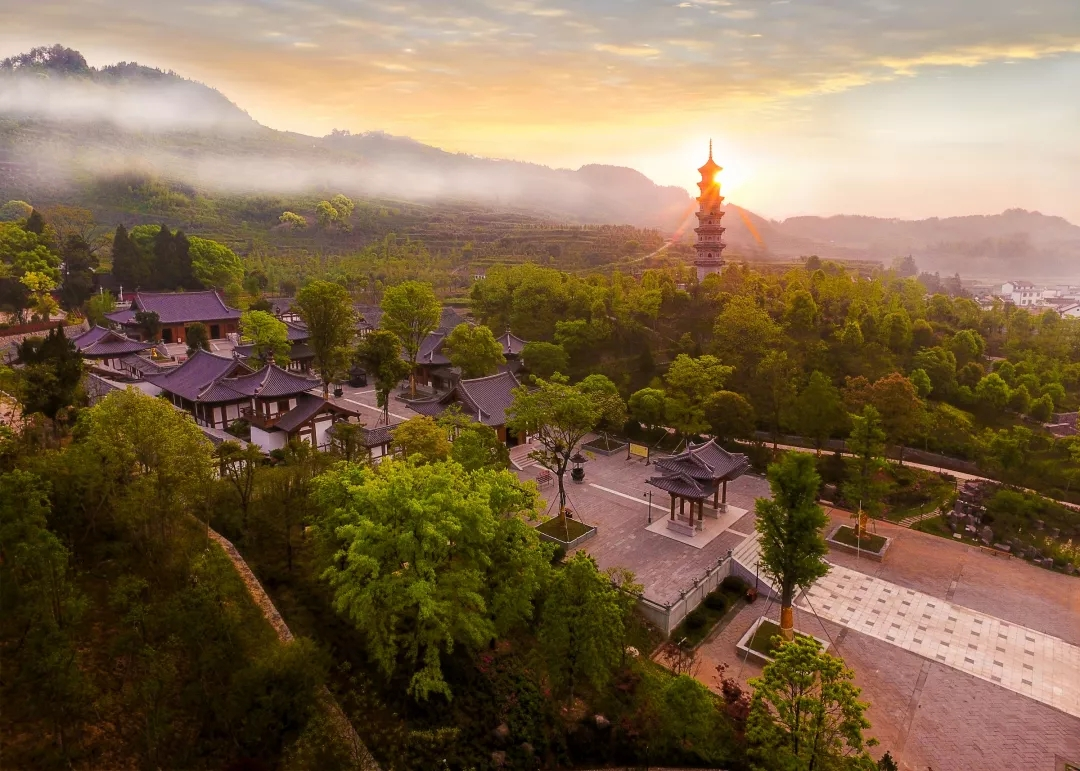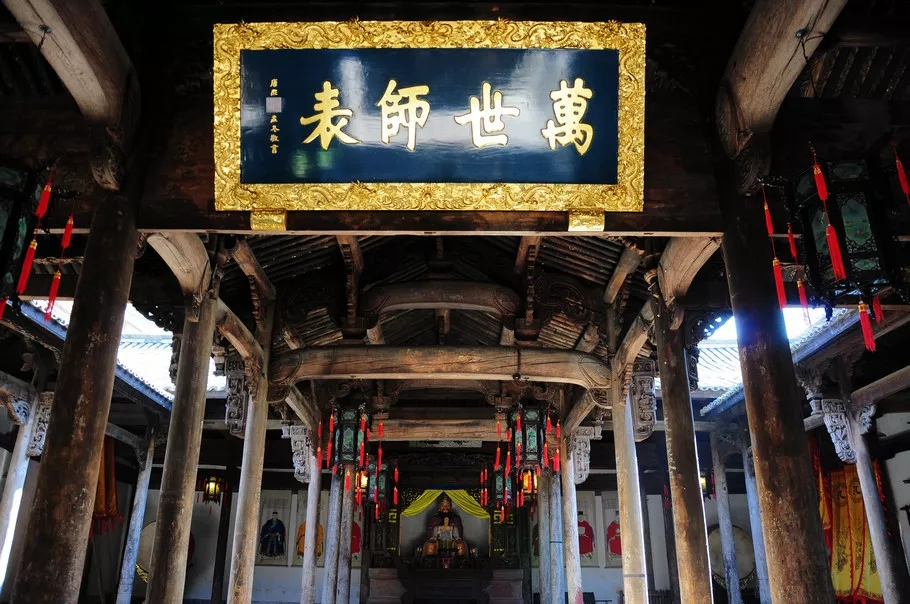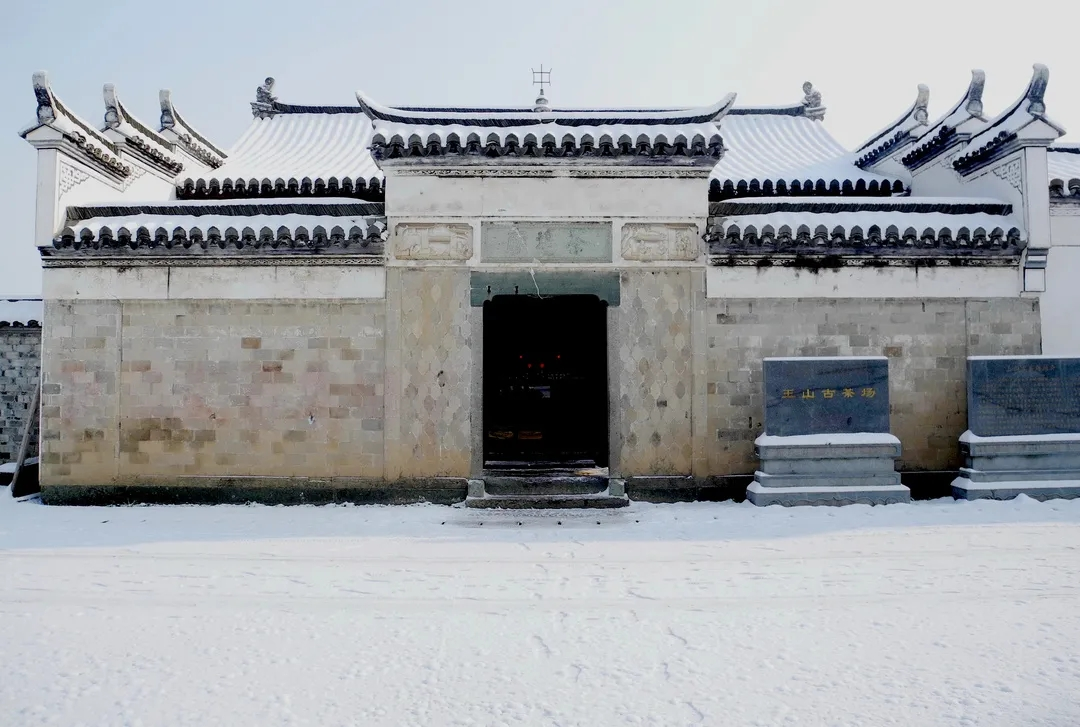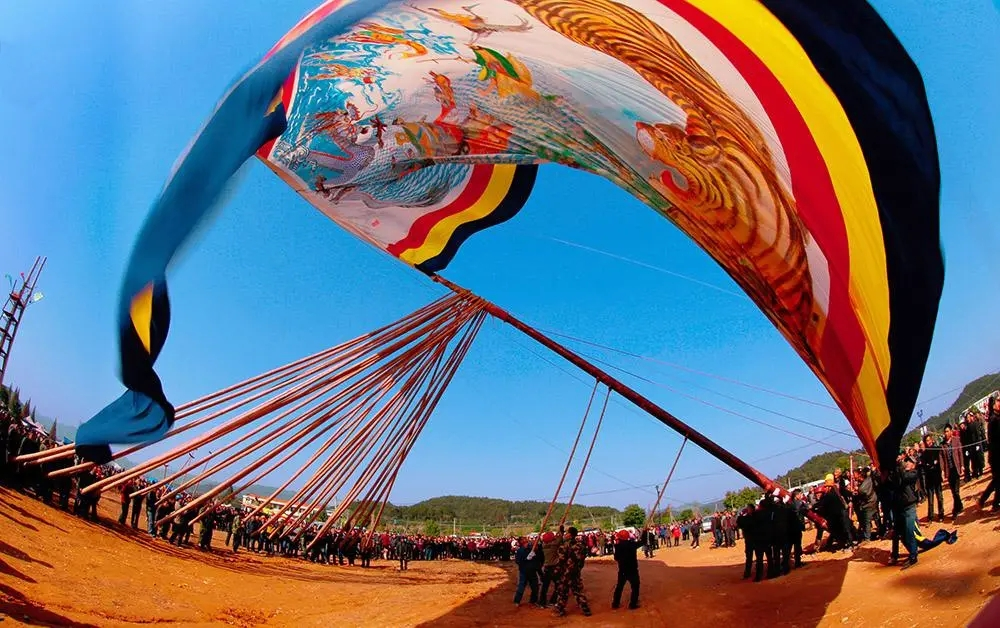| A Cultural Trip Over Time: You’ll Never Get Enough of Jinhua | |||||||
|
|||||||
How familiar are you with Jinhua’s history and tradition? Being a city deeply rooted in regional history, Jinhua presents a rich number of scenic spots related to the history and cultural activities of the city. In visiting them, you will feel like you have embarked on a space-time tunnel through history. Here follows a route taking you through this path. Jinhua Urban Area Wuzhou Old City—Jinhua’s Cultural Charm
“Water flows for thousands of miles across this southern region / Might awes throughout the fourteen prefectures of these river cities.” With these verses, outstanding poet of Southern Song Dynasty Li Qingzhao (1084-1155) carved in eternity the old city’s charm. Where are the stories of old Jinhua hidden and conserved then? Baoning Gate, Bayong Tower, Wanfo Pagoda, and King Shiwang’s Residence are located in the Wuzhou Old City.
For locals, the Old City is not only the core of Jinhua culture, but also the most authentic place of the city. Ai Qing’s Hometown—“Because I love this land so deeply”
Ai Qing Former Residence is located in the center of the village of Fantianjiang, Fucun Town of the Jindong District; it is a historical building with five spaces opened on both sides, and in the front of the building is now installed a half-bust statue of the poet. The second floor of the building conserves photographs and old pieces of furniture that once belonged to Ai Qing. From one of the windows, one can see the favorite tree of the poet, a magnolia in the courtyard.
Fantianjiang is not only a village filled with poetic vibes, but it is also a poem in its natural beauty. By standing there, one can easily perceive the sense of Ai Qing’s declaration of love for the country. Siping Village—Most Beautiful Folk Houses
Sunny winter days are the best moments to explore the traces of history in the ancient village of Siping located in Tangxi Town, Jinhua Development Zone. The whole village is built around a layout resembling a seven-star constellation and the moon. The village dates back to over 700 years ago which makes visiting Siping like opening a long scroll of color painting. Lanxi Jiezi Garden—A Touch of Li Yu’s Greatness
Located at the foot of Mount Lanyin of Lanxi, Jiezi Garden is built in honor of Lanxi native Li Yu (937-978), a renowned dramatist of Qing Dynasty. Although it is of limited size, the garden is carefully designed and arranged ingeniously.
Here one can feel the elegance of the Qing Dynasty, experience a cultural journey in ancient thoughts that cherish the tradition and inspire people. Zhuge Village—Realm of Tranquility and Far-Reaching Scenery
The overall structure of the village is designed according to the nine palaces and eight trigrams, and the ancient village primarily consists of buildings of the Ming and Qing Dynasties. More than 200 ancient dwellings and halls of the Ming and Qing Dynasties are still conserved.
In visiting Zhuge Village, one can experience the culture of the Zhuge Liang clan and also have a general understanding of the local traditional Chinese medicine culture. Dongyang Luzhai—Folk Imperial Palace
Built during the Ming Dynasty in 1456, the Luzhai dwelling is part of the historic building complex of the Luzhai Village. With a traditional heritage of over 500 years, it conserves the Suyong Hall (lit. solemn harmony) which presents peculiar features of the scholarly tradition of the Jiangnan region. At present, it is the only ancient folk dwelling with nine entries in China, which rightly earns it the nickname of “Forbidden Folk City.”
Here are found the biggest and best preserved ancient buildings of Ming and Qing Dynasties in the Jiangnan region. China Woodcarving Museum—A Journey into the Carpenter’s World
China Woodcarving Museum contains a comprehensive collection of woodcarving works: from regional to global works, the museum presents exhibition halls which seem like miniature woodcarving old cities, as if one is placed in the Jiangnan cities of ancient times. Woodcarving, rooted in the earth and engraved on the wood, is like a living body with infinite vitality. With the most gentle and simple materials, this art expresses a unique cultural symbol of the Chinese nation. Yiwu Leisure Time in the Old Street of Fotang
After more than 300 years, the old streets of the village of Fotang have build up a network of 2000 meters of traditional essence of the local culture.
Here, one can find traces of the history of Yiwu, including the well preserved Xinhua Theater (built in 1954), folk dwelling of the Ming and Qing Dynasties, ancient buildings, and time-honored shops which will make you linger on unforgettable memories. Danxi Cultural Park—The Vigor of TCM
One of the four eminent physicians in the Jin and Yuan Dynasties, Zhu Danxi (1281-1358), was born in the town of Chi’an. The China Yangsheng Danxi Cultural Park was built in honor of Master Zhu Danxi.
For those interested in Chinese medicine culture, visit the gardens for a healthy and nourishing stroll. This is a cultural park based on the characteristic features of the Jiangnan tradition and is planted with hundreds of Chinese herbal medicines, giving a strong touch of Chinese medicine. Yongkang Wufeng Academy—Learning about Ancient Scholarship
The Wufeng Academy (lit. five peaks) had been a gathering location for literati throughout history, including Southern Song Dynasty renowned scholar Chen Liang, Zhu Xi, the Lü Donglai, who had also lectured here. The academy is also considered the place where Chen Liang (1143-1194) initiated the Yongkang school of thought.
The Yongkang School, together with the Yongjia School and the Jinhua School, formed the Eastern Zhejiang school of thought which, once it stood out at the Cheng-Zhu Neo-Confucian School, had an extremely important status in the history of Chinese academic circles. Houwu Historical Village—Boundless Beauty of the Tradition
The history of Houwu Village is glorious, so that almost each generation had given birth to talented people. The local culture is deeply related to the 800-year-old history of the village. Although undergoing numerous vicissitudes throughout history, the village still conserves the integrity of the Ming and Qing Dynasty buildings and is labeled both as “ancient village of historical and cultural importance” and “traditional Chinese village.”
The dwelling complex of Houwu is vast in scale and rich in architectural styles. The buildings were constructed into many different epochs, which gives a vivid outlook of the layout of historical buildings. The village is a living teaching material of the Jiangnan tradition and the evolution of architectural heritage. Pujiang Shangshan Site—At the Cradle of Rice Cultivation
The discovery of Pujiang’s Shangshan site added almost 3000 years to the prehistoric civilization, making it a multi-millenary one.
The earliest rice remains in the lower reaches of the Yangtze River were found here. It is not only a major site for the origin of rice cultivation in the world, but also the earliest settlement of mankind. First Clan of Southern China—The Heritage of a Millenary Family
The Zheng family in Zhengzhai Town of Pujiang is a Chinese family that has grown for over 15 generations and 360 years through the Song, Yuan, and Ming Dynasties. The family gave birth to 173 officials who behaved rightly and stayed uncorrupted. Through generations, the family members passed on values of filial piety and integrity and they are known as the first family in the south of the Yangtze River.
The history of this clan has played a crucial role in the history of the development of the Chinese family. The 168 family rules of the Zheng family were sorted out by Song Lian (1310-1381) as the chief source of the family regulations of the Ming Dynasty. Wuyi Xu Weili Documents—Reading the History of Southern Song Dynasty
A national-level cultural relic is conserved at the Wuyi Museum: the Xu Weili documents of Southern Song Dynasty. The documents are the most systematic and complete paper documents of official archives of the Song Dynasty unearthed in China. It can be called a national treasure to study the official system of the Song Dynasty.
Archaeological artifacts contribute to increase the understanding of the ancient style. Yanfu Temple—Tracing Lin Huiyin’s Footprints
Yanfu Temple is the earliest and best preserved example of architecture of Song and Yuan Dynasties in the Jiangnan area. As a living fossil of Chinese traditional culture, the temple includes a magnificent palace of a grandness which is rarely seen in the south of China. The location is a witness of major historical changes and the romance between Lin Huiyin (1904-1955) and Liang Sicheng (1901-1972). Following the story of the two lovers, one can step into the illuminating atmosphere of the Buddhist tradition. Pan’an Confucian Ancestral Temple of Juxi—A Journey through Knowledge
Juxi is the largest village inhabited by descendants of Confucius in the south of the Yangtze River and is known as the third holy land of Confucius. The Confucian descendants who moved to the south brought the Confucian culture into Pan’an. After nearly a thousand years of local tradition, they formed rich and profound cultural values such as etiquette and law, rule of virtue, and worship of learning. The Confucian ancestral temple located in the center of the village is a national-level key cultural relic protection unit. Yushan Ancient Tea Farm—A Direct Touch of Tea Culture
Pan’an tea farming tradition originated in the Jin Dynasty (221-265). The architectural example of the Yushan Ancient Tea Farm integrates tea production, trading, and features of tea culture. The architectural complex can be considered a living fossil of China’s tea culture and provides rich and important material and cultural evidence for the study of Chinese tea culture.
Among the local traditions, the Tea Market Temple Fair is a characteristic example of the local cultural atmosphere and is also a national-level intangible cultural heritage. (Translated by Marco Lovisetto, edited by Mariam Ayad)
|
|||||||
